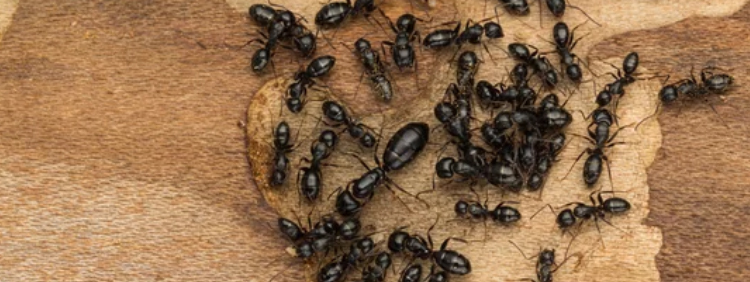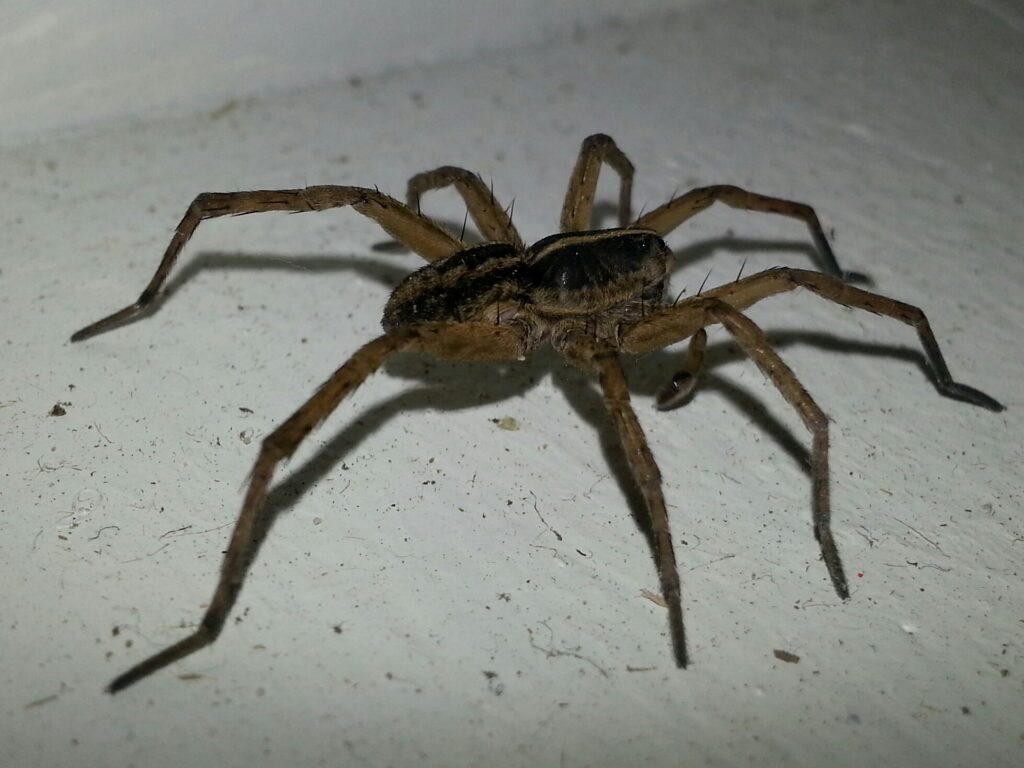 Even from a distance, most people can tell a bull from a cow and a turkey from a hen. Boys and girls of some animals, such as kittens and puppies, require a closer look to tell apart. Still, other species keep their genders a secret, no matter how thoroughly you investigate. One common Ontario pest that defies easy classification is the black carpenter ant. Many residents seeking pest control in Kitchener not only erroneously assume that only females have wings but also are uninformed about the distinct gender roles that exist in insect society. Here is an explanation of what causes carpenter ants to be male or female and how they differ in behaviour and appearance.
Even from a distance, most people can tell a bull from a cow and a turkey from a hen. Boys and girls of some animals, such as kittens and puppies, require a closer look to tell apart. Still, other species keep their genders a secret, no matter how thoroughly you investigate. One common Ontario pest that defies easy classification is the black carpenter ant. Many residents seeking pest control in Kitchener not only erroneously assume that only females have wings but also are uninformed about the distinct gender roles that exist in insect society. Here is an explanation of what causes carpenter ants to be male or female and how they differ in behaviour and appearance.
Ant Reproduction
Hilltopping is the name of the annual reproduction event that often makes people realize they may need an ant removal service. It occurs in spring or summer when winged carpenter ants of both sexes emerge from well-established colonies and swarm at an elevated location such as the top of a hill, building, or tree stump. Males are the first to take flight, secreting pheromones that elicit the same behaviour in females. Groups of males then aggregate around the outnumbered females and begin their frenzied, once-in-a-lifetime mating activity. The females store sperm to fertilize thousands of eggs over the remainder of their 25-year life spans, while the unfortunate males die soon after the event.Formation of an All-Female Colony
Each female that mates then flies off to form her own colony where she eventually loses her wings. Her first clutch contains only 5-15 eggs, which all hatch into females. She feeds these new wingless workers with her own fat reserves until they are mature. Once grown, they in turn gather food to feed the queen, construct the new colony, and care for subsequent clutches of eggs. The same cycle continues for the first several years of the new, all-female, colony’s history. Once the population has grown sufficiently large, larvae begin to develop into female workers of three different sizes. This size difference results in the following division of labour:- Large: Gather food and defend the nest against intruders.
- Small and medium: Excavate new tunnels and tend to the eggs, larvae, pupae, and queen.

